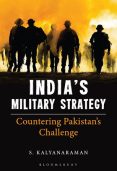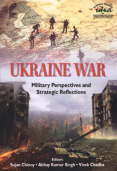Defence Reforms – Agenda for the New Government
A country’s response to external threats and internal security challenges is based on its defence preparedness, advance planning for contingencies and the political will. The new government will have to make key decisions on different aspects of defence reforms. This Policy Brief puts forward some suggestions.
- Untitled , Defence Economics & Industry Centre
- May 22, 2014








